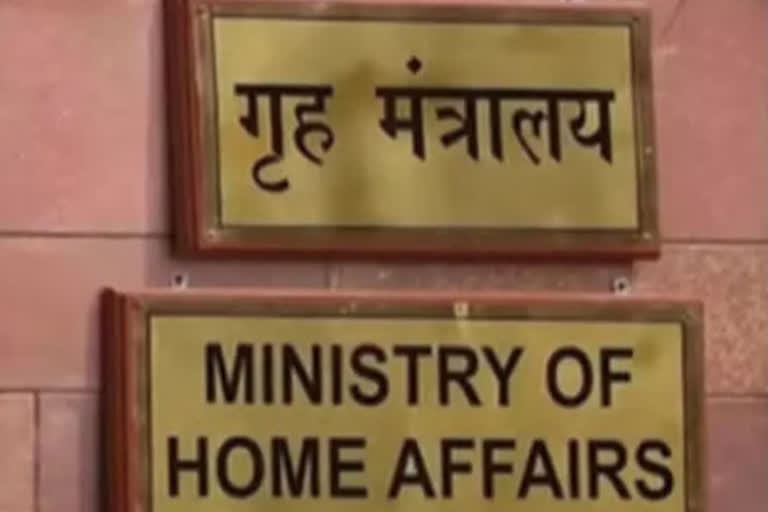New Delhi: Infiltration by terrorists and smuggling of arms and contraband continues to be a major challenge along India’s border with Pakistan and Nepal, the Home Ministry has said in its latest annual report 2020-21 highlighting that a porous international border was a matter of concern.
Admitting that there was a lack of infrastructure along the India-China border, the Home Ministry has said that to redress the situation, the Government has undertaken the construction of roads and BOPs along the Indo-China border in the UT of Ladakh and the states of Himachal Pradesh, Uttarakhand, Sikkim and Arunachal Pradesh.
The Home Ministry, in its report, said that several initiatives have been taken for the inclusive development of the border areas under the Border Area Development Programme (BADP). The programme covers all the census villages and towns, semi-urban and urban areas located within 0-10 km distance from the first habitation from International Boundary. The works and projects undertaken under the BADP relate to the construction of roads, bridges, drinking water supply, health, education, agriculture, social sector activities such as the creation of social infrastructure, and sports activities.
India-Bangladesh border:
The report also pointed out the replacement of the old fencing on the India-Bangladesh border. The total length of the India Bangladesh border is 4,096.7 km of which 3,112.18 km have been covered by physical fencing and the remaining about 984.52 km will be covered by physical and non-physical barriers. The nonphysical barrier will comprise technological solutions. Sanction has also been accorded to replace the old design fence with a new design fence. There have been some problems in the construction of fencing in certain stretches on this border due to riverine and low lying areas, habitations within 150 yards of the border, pending land acquisition cases and protests by the border population, which delay the completion of the project.
Indo-Pakistan Border:
India shares 3,323 km of its land border with Pakistan. This border runs along the States of Gujarat, Rajasthan, Punjab, Union Territory (UT) of Jammu & Kashmir (J&K) and UT of Ladakh. This border is characterized by attempts of infiltration by terrorists and smuggling of arms, ammunition and contraband. A total of 720 Border Out Posts (BOPs) have been sanctioned along the Indo-Pakistan border, out of which 662 BOPs have been completed. The ongoing work in 28 BOPs is almost completed and alternate sites are being located for the remaining 30 BOPs.
In order to curb attempts of infiltration and cross-border crimes, the Government has sanctioned 2,078.80 km of floodlights, out of which 2,043.76 km has been completed and the remaining 35.04 km work is in progress, which is likely to be completed by September 2023. In order to curb infiltration, smuggling and other anti-national activities from across the border, the Government has sanctioned 2,091.046 km fence, out of which 2,064.666 km has been completed and the remaining 26.38 km work is in progress, which is likely to be completed by October 2022.
Indo-Myanmar Border:
India shares a 1,643 km long border with Myanmar which passes through the States of Arunachal Pradesh (520 km), Nagaland (215 km), Manipur (398 km) and Mizoram (510 km). Out of 1,643 km, a demarcation of 1,472 km has been completed.
Indo-Nepal Border:
India and Nepal share a border of 1,751 km which passes through the States of Uttarakhand, Uttar Pradesh, Bihar, West Bengal and Sikkim. The main challenges are to check the misuse of the porous border by terrorists and criminals for illegal and anti-national activities. The Government has approved the construction and up-gradation of 1,299.80 km of roads along the Indo-Nepal border in the States of Uttarakhand, Uttar Pradesh and Bihar.
Indo-Bhutan Border:
India and Bhutan share a border of 699 km which passes through the States of Assam, West Bengal, Arunachal Pradesh and Sikkim. The main challenges are to check misuse of porous border by terrorists and criminals for illegal and anti-national activities.
Also read:64,827 Kashmiri Pandit families left Kashmir valley in early 1990s due to militancy: MHA



